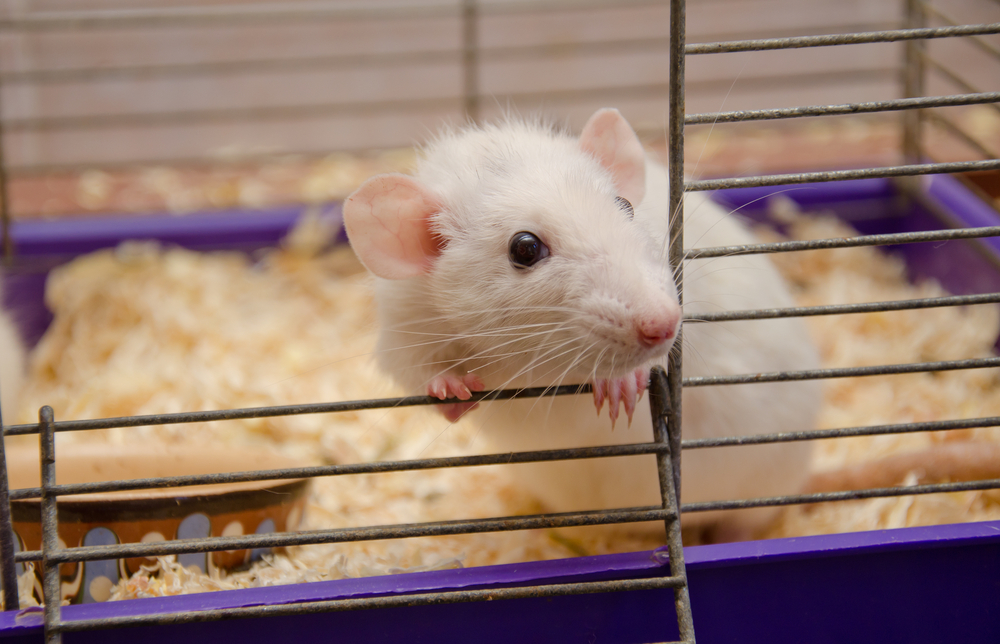MS Medicine Copaxone May Have Benefits in Parkinson’s Disease, Mouse Study Finds

Treatment with Copaxone (glatiramer acetate), an FDA-approved medicine for multiple sclerosis, can restore motor function and biochemical markers in a mouse model of Parkinson’s disease, according to a recent study.
The findings, “Glatiramer Acetate Reverses Motor Dysfunction and the Decrease in 9 Tyrosine Hydroxylase Levels in a Mouse Model of Parkinson’s Disease,” were published in Neuroscience.
Parkinson’s disease, the second-most prevalent neurodegenerative disease of the elderly (after Alzheimer’s disease), is characterized by the gradual loss of muscle control, sometimes accompanied by cognitive deficits. It is mainly caused by the gradual loss of dopaminergic neurons in the substantia nigra, a region of the brain responsible for controlling body movements.
Unfortunately, so far, there are no treatments that effectively reduce or reverse degeneration of dopaminergic neurons associated with Parkinson’s disease.
“Glatiramer acetate (GA, also known as Copaxone), which is currently an FDA approved drug used in the treatment for multiple sclerosis, has been shown to directly dampen the pro-inflammatory response within the brain, in both mouse models of multiple sclerosis/experimental autoimmune encephalomyelitis and Huntington’s disease,” the researchers wrote.
Scientists set out to examine the therapeutic potential of Copaxone, an immunomodulatory drug, in the treatment of Parkinson’s disease.
In doing so, researchers used a mouse model of induced-Parkinson’s disease, in which the disorder was triggered by treating animals with MPTP, a neurotoxin that induces brain inflammation, loss of dopaminergic neurons, and motor impairments, as seen in patients with the disorder.
Treatment with Copaxone after the onset of the disease reversed gait (walking) and grip impairments in MPTP-treated mice.
Investigators believe this was due to the remarkable recovery in the levels of tyrosine hydroxylase (TH), one of the enzymes that is responsible for the production of dopamine in the striatum (a region of the brain involved in motor coordination) following treatment with Copaxone.
In addition, researchers found the number of TH-positive neurons in the substantia nigra increased slightly, albeit non-significantly, in animals treated with Copaxone, compared to those treated with a vehicle solution (control) after MPTP induction.
This was also associated with an increase in the levels of brain-derived neurotrophic factor (BDNF) — a protein whose main function is to protect dopaminergic neurons — and a decrease in the levels of IBA1, a marker of glial cells’ over-activation caused by brain inflammation. Glial cells, also known as microglia, are nerve cells that support and protect neurons.
Moreover, the levels of non-phosphorylated alpha-synuclein (syn-1), a protein directly involved in Parkinson’s disease, in the midbrain and striatum dropped significantly after MPTP induction and gradually recovered to normal levels after treatment with Copaxone. The midbrain is the region that connects the spinal cord to the brain, and plays key roles in motor movement and auditory and visual processing.
“In this study, we show that GA [Copaxone] treatment results in restoration of motor impairments and recovery of the nigrostriatal pathway, (…) while dampening the microglia response and restoring BDNF levels,” the researchers wrote.
“Of note, this study also tested GA after the full regimen of MPTP had been completed, a time point at which there is no further loss of TH within the striatum or substantia nigra, showing that GA is a potential neurorestorative agent that has significant translational value for patients with PD [Parkinson’s disease]. To our knowledge, we are the first to test GA in a true restoration animal model of PD, resulting in recovery of the nigrostriatal pathway, leading the way for repurposing of this FDA approved drug,” they added.






